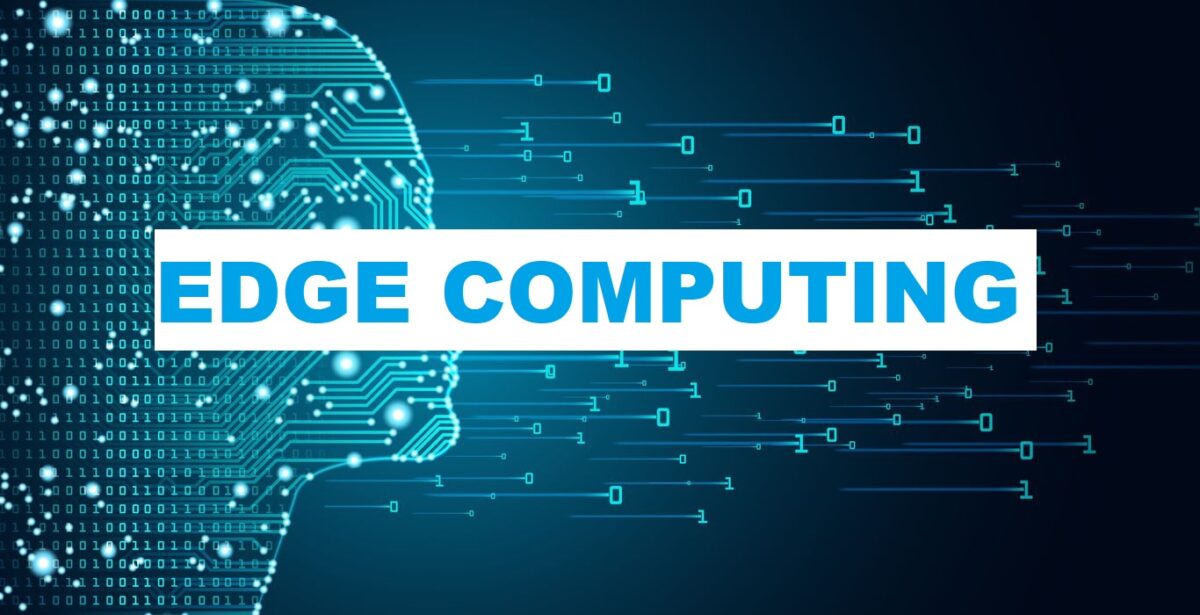Methods for storing and leveraging data are constantly evolving, which is why it’s critical for tech businesses to follow them to ensure they are implementing best practices. Edge computing will enable businesses to do just that by enabling them to process data near the edge of their IT network, offering accelerated data streaming and instant communication.
What is Edge Computing?
Edge Computing basically refers to the process of data being collected, stored and analyzed at the ‘edge’ of the network where the original data is generated. In contrast to cloud-based methods of data being collected, stored and analyzed on servers or centralized data centers. While edge computing is not a commonly used phrase today, it will become a central part of the technology landscape over the next few years. This is the result of a large amount of data being processed, largely through the increased use of Internet of Things (IoT) devices, of which there will be over 50 billion in use by 2020. As a result, there is an increasing need for more computing power and data storage. the more;
These data centers will bear little physical resemblance to the large, centralized data centers we see in a typical corporate environment. They will have the ability to be managed and automated remotely, as they are likely to be on a site with little, or no IT personnel.
Align advanced computing with your digital transformation strategy
First, you need to see Edge Computing as a central part of your digital transformation strategy, as it will have a significant impact on the development of new revenue streams, products and services. Second, there needs to be an appreciation of the speed of development, because the construction of edge data centers needs to be completed quickly to meet business requirements. In terms of delivery, third-party integration is a potential solution, as vendors who have traditionally delivered a converged infrastructure, which brings together servers, networks, storage, and software in a single solution, are now doing the same with the data center edge.
The skills your business needs
It is important to strategically recruit for Edge Computing related positions to get the right infrastructure for your organization. In terms of skill sets in the Edge Computing space, you need to find candidates with the following skills:
- Powerful data center and cloud experience
- Exposure to security, storage, networking, and virtualization
Implementation of Edge computing will not be an easy ‘plug-and-play’ solution, and as such, you need to assess the inevitable changes to your existing IT architecture. This means that you need to hire senior specialists who have an understanding of excellence throughout the design, implementation and support stages.
Take advantage of the benefits
As with any new trend in the technology space, the recruitment industry will be best positioned to serve its clients by understanding the skill set that needs to be supplied, to meet the inevitable demand brought about by the rise in Edge Computing. Having a detailed understanding of a client’s strategy in Edge Computing as part of their digital transformation roadmap will be key, not only enabling the delivery of the right skill set, but also enabling this skill set to be delivered in the correct time frame.
Edge Computing vs cloud computing
Edge computing will not replace cloud computing as cloud computing will continue to be an important part of the IT landscape in the same way as on premise computing. Instead, Edge Computing and the cloud will coexist.
Businesses that can find the best way for edge and cloud to complement each other will have the greatest success from their computer services. In an ideal setting, cloud computing would continue to take responsibility for larger functions such as big data analytics, large-scale data storage, and business logic, while Edge Computing would allow on-premises devices to run as effectively as possible without constant intervention from the cloud. wider.
Key benefits of Edge Computing
1. Speed
Edge Computing allows devices to respond instantly, sometimes in microseconds, as it cuts out the need for data going back and forth between centralized servers.
2. User experience
In addition to speed, the overall experience for end users will be improved through high latency and unreliable connections, such as those in remote locations.
3. Security and privacy
Tighter security and privacy around sensitive data would mean that, theoretically, you would be able to avoid sending sensitive data off-site, and instead process this data locally.
4. Reliability
With edge data centers located closer to the end user, there are far less chances of network problems in offsite locations impacting on-premises customers. Even in the event of a critical issue, such as a data center outage, IoT devices connected to the localized edge network must continue to operate independently.
5. Save cost
Edge Computing must provide a level of cost savings for your business. Given that it will allow a significant reduction in data flow load on a centralized server, thereby saving network and computing resources, leading to reduced congestion on the network, and less energy demand for servers.
Why edge computing is important
Edge Computing is not going to be a passing trend. This is because it is a central part of the business technology landscape, as is cloud computing. According to International Data Corporation (IDC) Worldwide IoT 2018 predictions: “By 2020, IT spending on advanced infrastructure will account for up to 18% of total spending on IoT infrastructure.” In the immediate short term, it will be the organizations that have the most effective transformation strategies around Edge Computing and IoT that will be rewarded ahead of their competitors.


